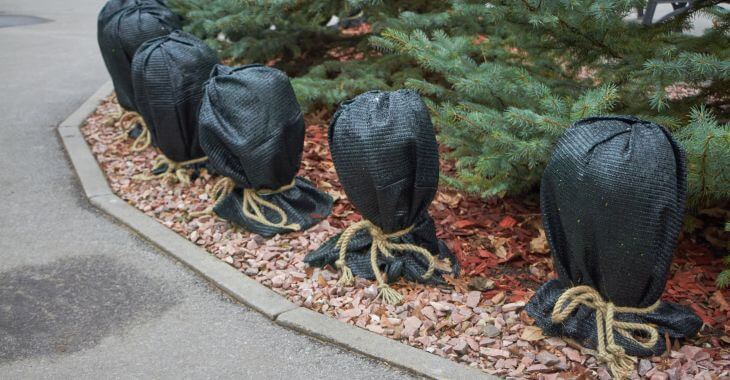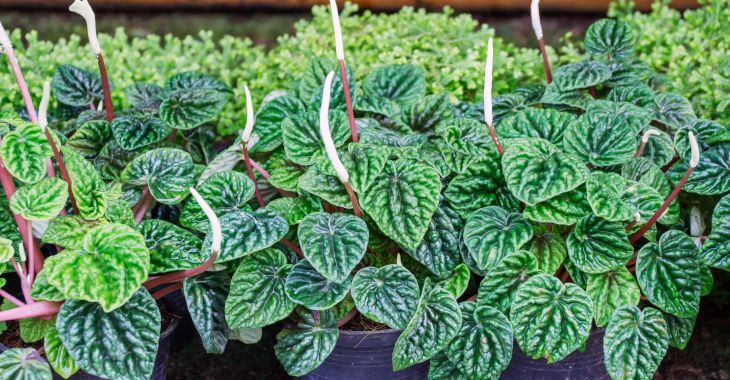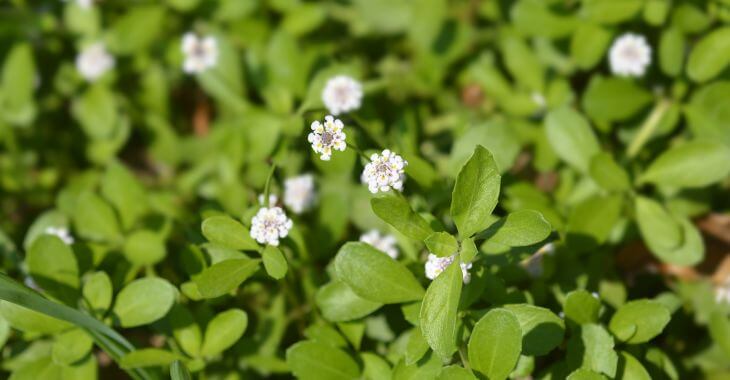What Are the Different Types of Ivy Plants?
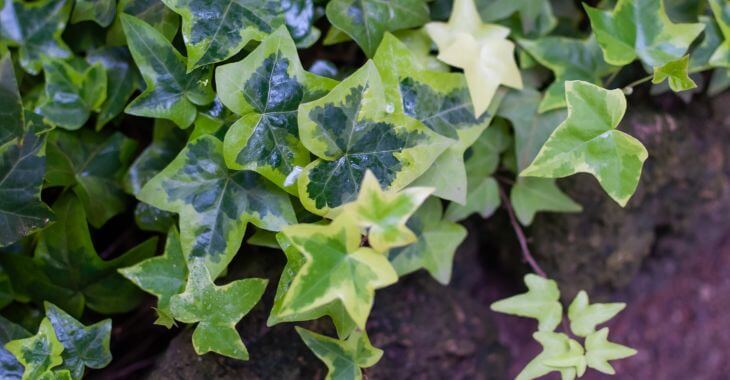
From gorgeous wild ivy climbing trellises to itchy poison ivy and houseplants, there are many different types of ivy plants. Whether you want to grow ivy to cover a slope or you want to know which ivies to avoid when hiking through the woods, it is good to know the differences. Ivy plants can be beautiful or painful, depending on the type. Here are some of the different types of ivy plants and their characteristics.
Types of Ivy Houseplants
Ivy is a popular option for houseplants, as it is easy to grow and takes very little maintenance. Even those who do not have the greenest of thumbs when it comes to nurturing plants can manage to keep most ivy houseplants alive. Some of the most popular types of ivy houseplants include:
- English Ivy. When most people think of the types of ivy houseplants, English ivy is the first one that comes to mind. The bright green, tringle leaves can come with many variegations, including white or cream dots and circles.
- Russian Ivy. With beautiful heart-shaped leaves, Russian Ivy loves sunlight and plenty of water. It can withstand cold better than other types of ivy, making it popular in the colder climates.
- Persian Ivy. Persian Ivy has heart-shaped leaves that are larger in size, and they can have white or cream variegations. Persian Ivy is very hearty and durable, needing less water and enduring direct sunlight – great for beginners.
- Japanese Ivy. Known for its purple stems and “rhombus-shaped” green leaves, Japanese Ivy is one of the popular types of ivy houseplants that likes partial shade and plenty of water.
The easiest ivy houseplant to care for is the Persian variety, as it is very forgiving when it comes to water, temperature and sunshine. But any of these types of ivy houseplants can add beauty and natural green to your indoor area, and these can also be planted outside in the right regions. Many people will take their ivy houseplants outside on the porch or patio during the summer, then bring them back inside for the colder winter months.
Types of Poison Ivy
While ivy houseplants are lovely, poison ivy is not. There are several types of poison ivy that grow in the U.S. – most states have some variety, but poison ivy does not grow well in desert or dry areas, and it is not found readily in California. The two main varieties of poison ivy are vine and shrub. The vines can grow up trees, walls and spread along the ground, where the shrub or single plant variety are short and close to the ground.
All types of poison ivy produce oil that most people are allergic to that causes an itchy, painful rash. You do not even need to touch the plant to have a reaction – the oil can become airborne when poison ivy is mowed or cut, and it can be breathed in or land on your skin. To identify and avoid the types of poison ivy, look for these traits:
- Leaves of three, let it be. This is an easy way to stay away from possible poison ivy. Look for leaves with three points, with the middle point much larger.
- Poison ivy can be single plants up to a foot or more high or in vine form
- Leaves are green in the summer but start as red or orange in spring and turn red or orange in the fall.
- Some vine poison ivy can have a hairy appearance to the vine
When you are in wooded areas, be on the look out for poison ivy. If you get the oil on your skin, clean it off immediately with rubbing alcohol and then wash with soapy water. Remove all clothing and wash it immediately as well.
Landscaping with Ivy
Many of the same different types of ivy houseplants can be used in landscaping. The difference is that some will not grow well in colder regions. Warm climates can use the English, Japanese and Persian varieties of ivy for ground cover or as a growing vine to cover walls, fences, pergolas or trellises. The Russian Ivy is better suited to colder climates. Boston Ivy is another type of ivy that is very popular for landscaping. It is important to note that some varieties of ivy can be very invasive and may take over an area if not contained.
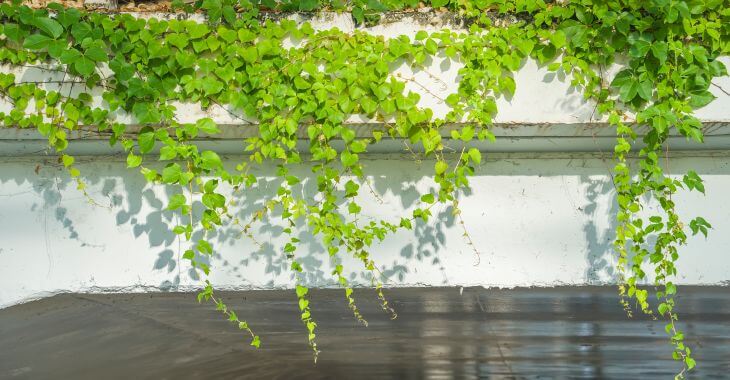
There are many different types of ivy plants to choose from if you want an easy houseplant or landscaping option. The types you want to avoid are the types of poison ivy, which can make you miserable if you come in contact with these plants. To learn more about the different types of ivy and determine the best one for your needs, talk to your local landscape supplier or landscape professional.
